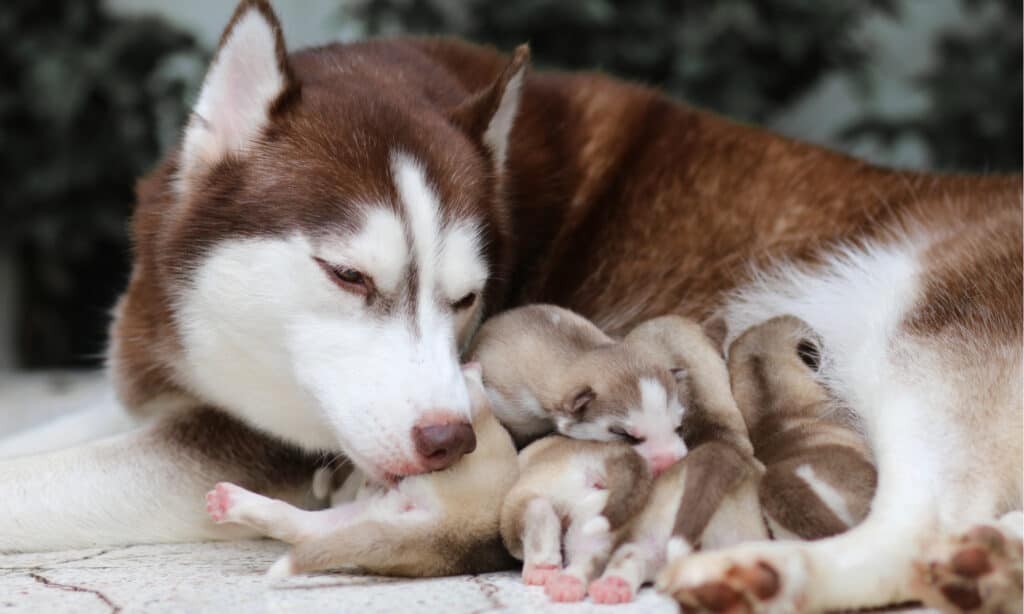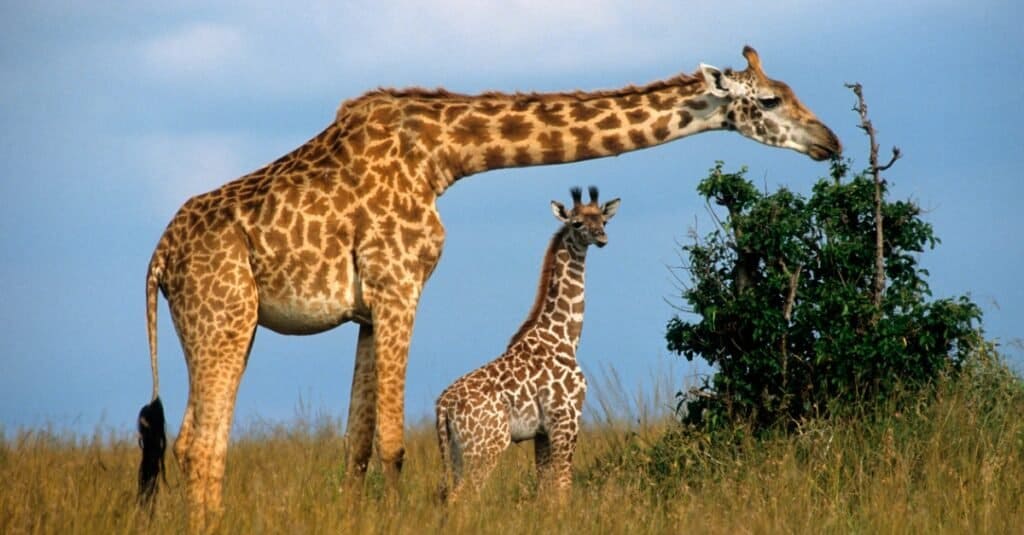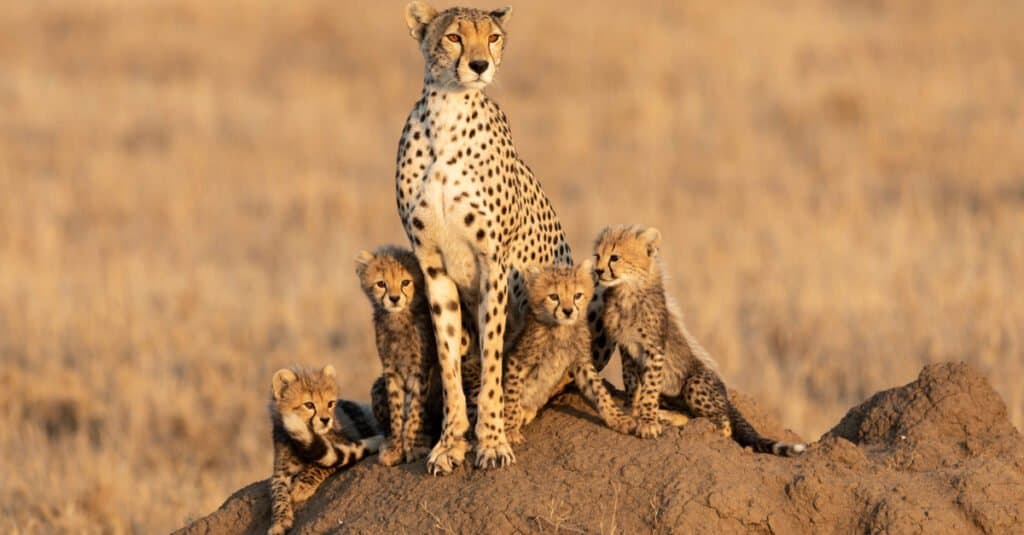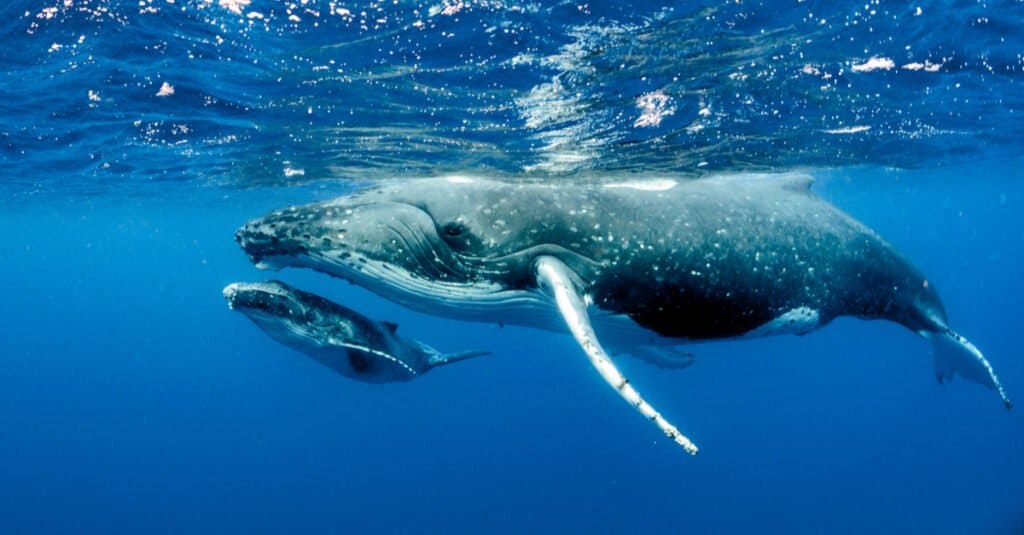Litter size is the number of offspring resulting from a single animal’s birth.
Litter Size Explained
In zoology, a litter refers to the number of live offspring produced from a single pregnancy. Typically, the word litter applies only to mammals, but it may be more broadly applied to other animals that produce multiple offspring.
An animal’s litter size refers to the number of offspring that are produced during a single pregnancy. Many different species have a litter of animals, but the number of offspring produced during this event can vary depending on the species.
For example, dogs can give birth to between 1 and 12 puppies, but the average number is about 5 or 6 puppies. Many factors can influence the number of offspring produced including the age of the mother, the dog’s breed, and the overall health of the mother.
Not all mammals give birth to a large number of offspring on average. For example, humans, horses, and whales are mammals that only average a single offspring per pregnancy. Even those mammals can give birth to multiple offspring at a time.

Litter sizes vary between species.
©framsook/Shutterstock.com
What Determines the Size of an Animal’s Litter?
Several factors can determine the size of an animal’s litter. Some animals only give birth to a single offspring at a time. However, those that usually give birth to several offspring at a time typically have a range in the number of offspring that they can produce.
Several factors can impact the average litter size of an animal. Generally, mammals tend to follow the one-half rule, where the average number of offspring produced during a birthing event is equal to half the number of teats available to feed them. For dogs, that number can be anywhere between 6 and 12 even though 6 and 10 are more common.
Even though an animal can produce a certain number of offspring doesn’t necessarily mean that they will, though. Different factors can alter the size of a litter within a species, including the following:
- The animal’s age during conception. In dogs, a female between the ages of 2 and 5, along with a young mate, is more likely to produce a higher number of offspring.
- The breed of the animal. Some dog breeds are more genetically predisposed to produce certain numbers of offspring.
- The animal diet’s diet. An organism is more likely to have a larger litter when properly nourished, but they are also less likely to produce more animals when they are malnourished.
These are just some of the most common factors that influence the number of offspring that a creature bears.

An animal’s age and nutrition can determine how many offspring they produce during a pregnancy.
What Is the Average Litter Size of a Mammal?
The average number of offspring produced by a mammal during a single birthing event can vary quite a bit. Some animals have a single offspring while others can have close to a dozen. Consider the average size of a litter for various mammals.
| Animal | Average Litter Size |
|---|---|
| Human | 1 |
| Giraffe | 1 |
| Cattle | 1 |
| Chimpanzee | 1 |
| Cats | 3-5 |
| Wild Boar | 4-6 |
| Dogs | 5-6 |
| Mice | 6-8 |
| Hamster | 6-8, up to 15 or more |
Mammals can give birth to a large number of offspring. Even though humans typically produce a single child per pregnancy, some humans give birth to several more. The most children born from one pregnancy is 9, a record most recently confirmed in 2021.
What Mammal Gives Birth to the Most Offspring at Once?
The tailless tenrec is the mammal that gives birth to the greatest number of offspring per pregnancy. The average litter from this species is about 15 to 20 offspring after gestating for about two months. However, these mammals can give birth to much larger numbers of offspring, upwards of 32 at a time. They also have the most teats of any other mammal with 36.

The average giraffe gives birth to a single calf.
©iStock.com/Michel VIARD
Biological Benefits and Drawbacks of a Large Litter Size
Large litter sizes do provide some benefits from an evolutionary standpoint. For example, a large litter size increases the potential for the young to survive into adulthood. That way, if a predator manages to successfully attack an animal, the entire pregnancy was not fruitless from the parent’s perspective. Also, a larger number of offspring encourages survival of the fittest by making them compete for food and attention from their parents.
However, having too many babies at once can also be a drawback because large litters can cause birthing complications for the female.

Having a large litter ensures that the strongest animals survive.
©Stu Porter/Shutterstock.com
The Benefits and Drawbacks of a Small Number of Offspring per Pregnancy
Having relatively few offspring also has some positive and negative elements. For example, a small number of offspring per pregnancy ensures that the newborn receives all the attention and care from the parents. Moreover, having a single child poses less risk to the mother than having multiple children, especially in the case of humans.
Having a single child per pregnancy can be a drawback from a biological perspective. Many mammals that give birth to a single offspring, like cattle and humans, have a relatively long gestation period. Humans spend about 40 weeks pregnant, reducing the number of offspring they can have throughout their lives. Meanwhile, some rodents have a gestation period of 8 weeks.
Biologically speaking, if something happens to the offspring that takes almost a full year to mature, it’s much more of a cost to the parent. Still, the lone animals born to a mammal do not have to compete for resources as much as other animals, and that gives them a good chance to survive to adulthood in many cases.

A small litter can put the parent at risk for wasting a pregnancy if something happens to the offspring.
©Imagine Earth Photography/Shutterstock.com








